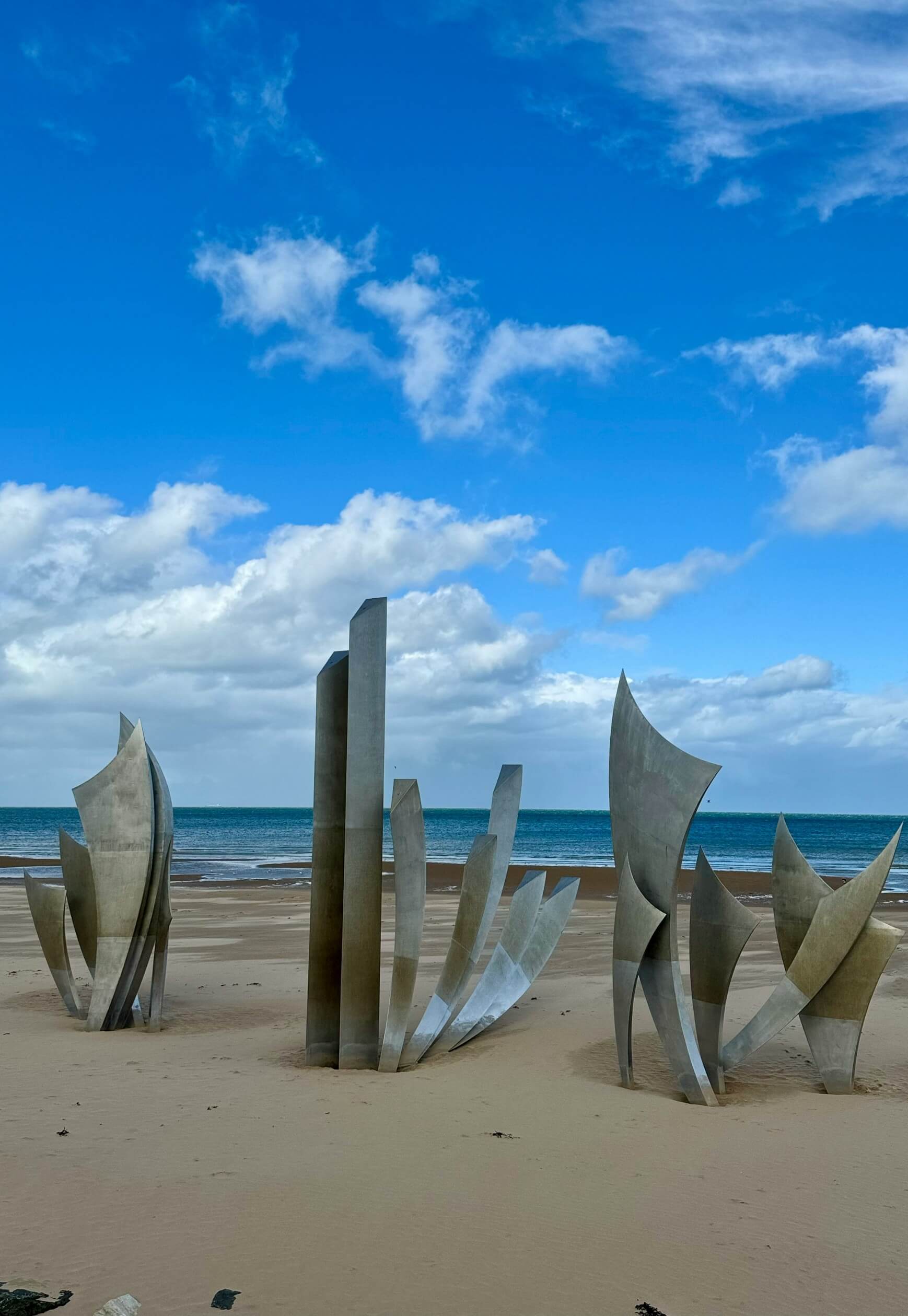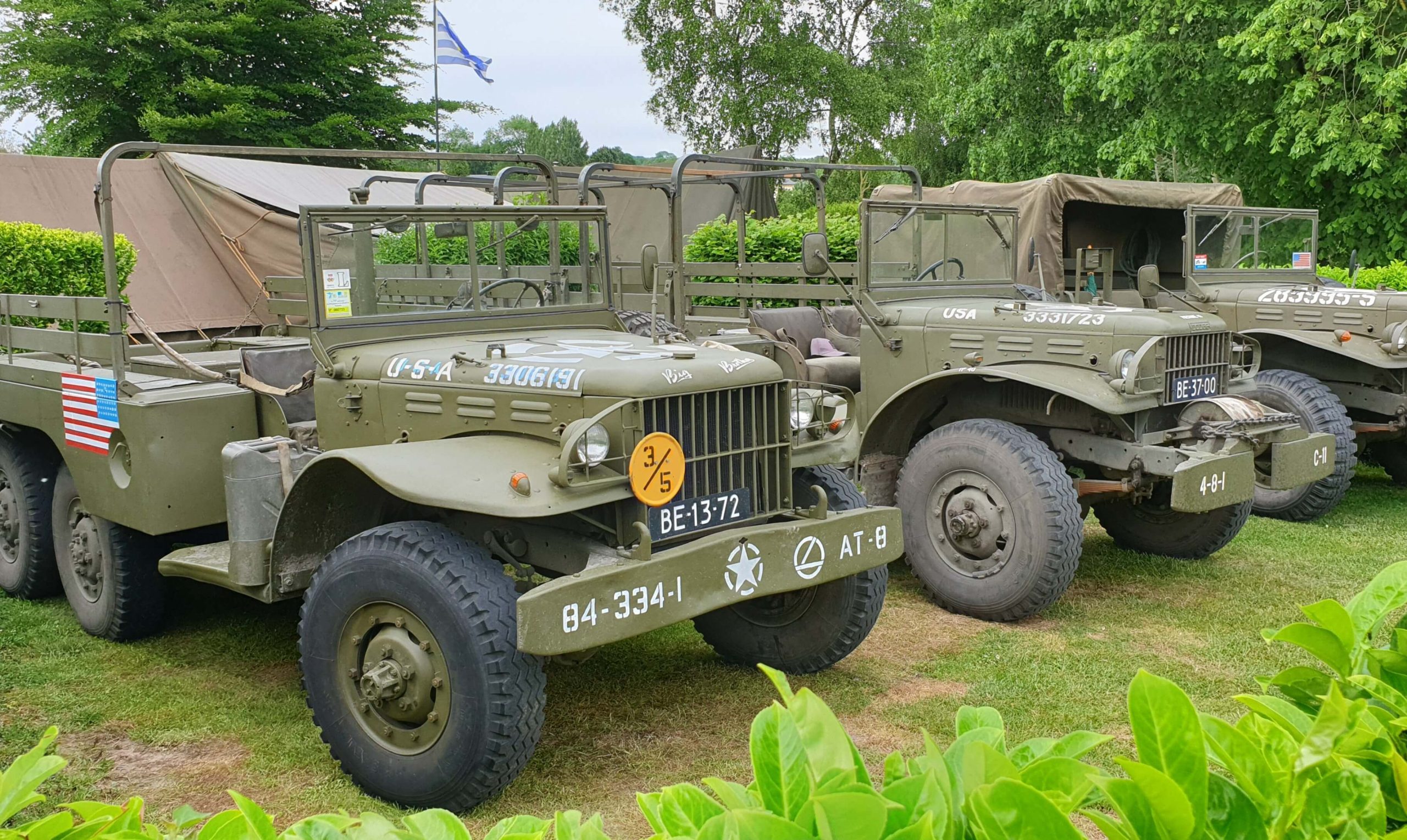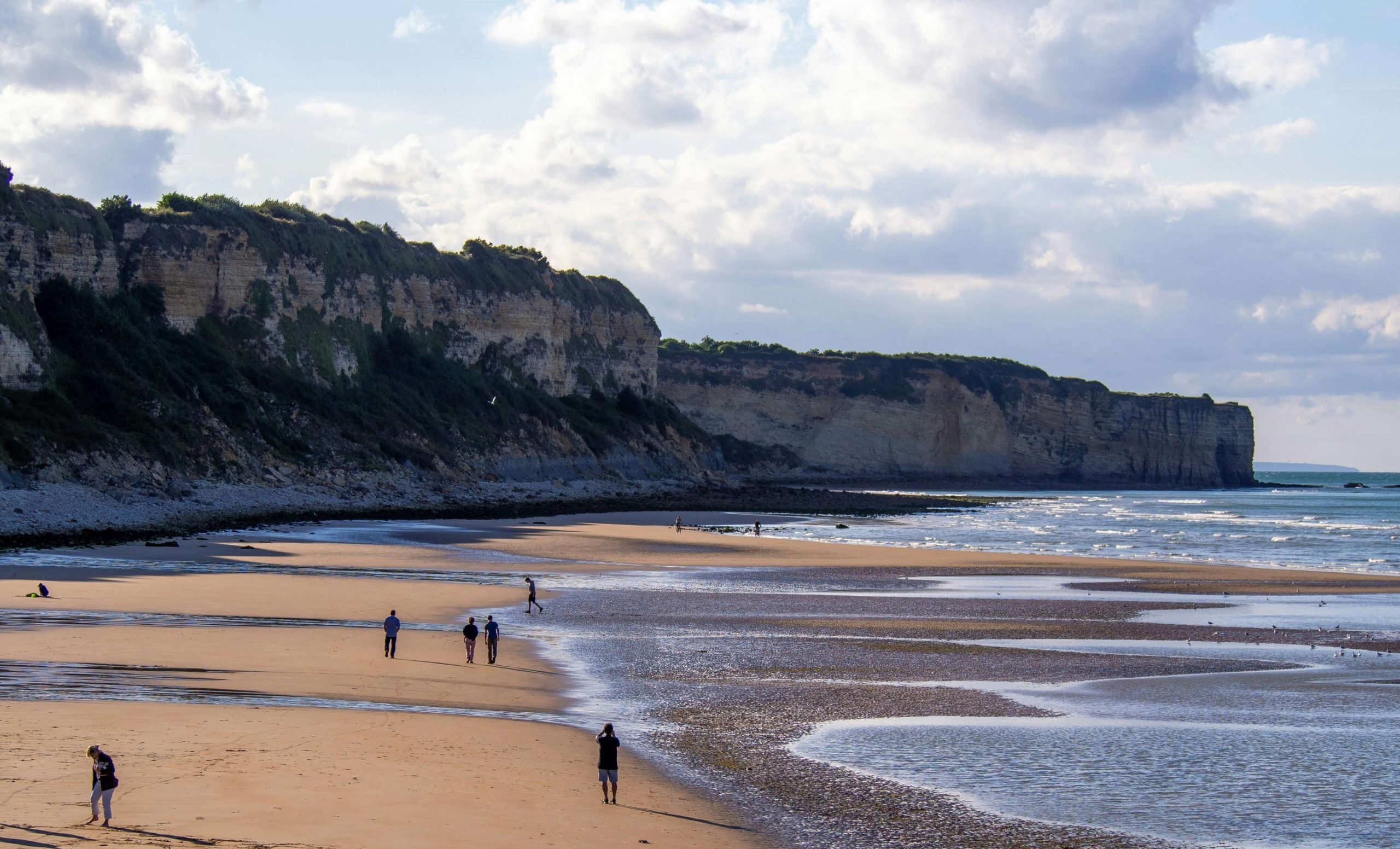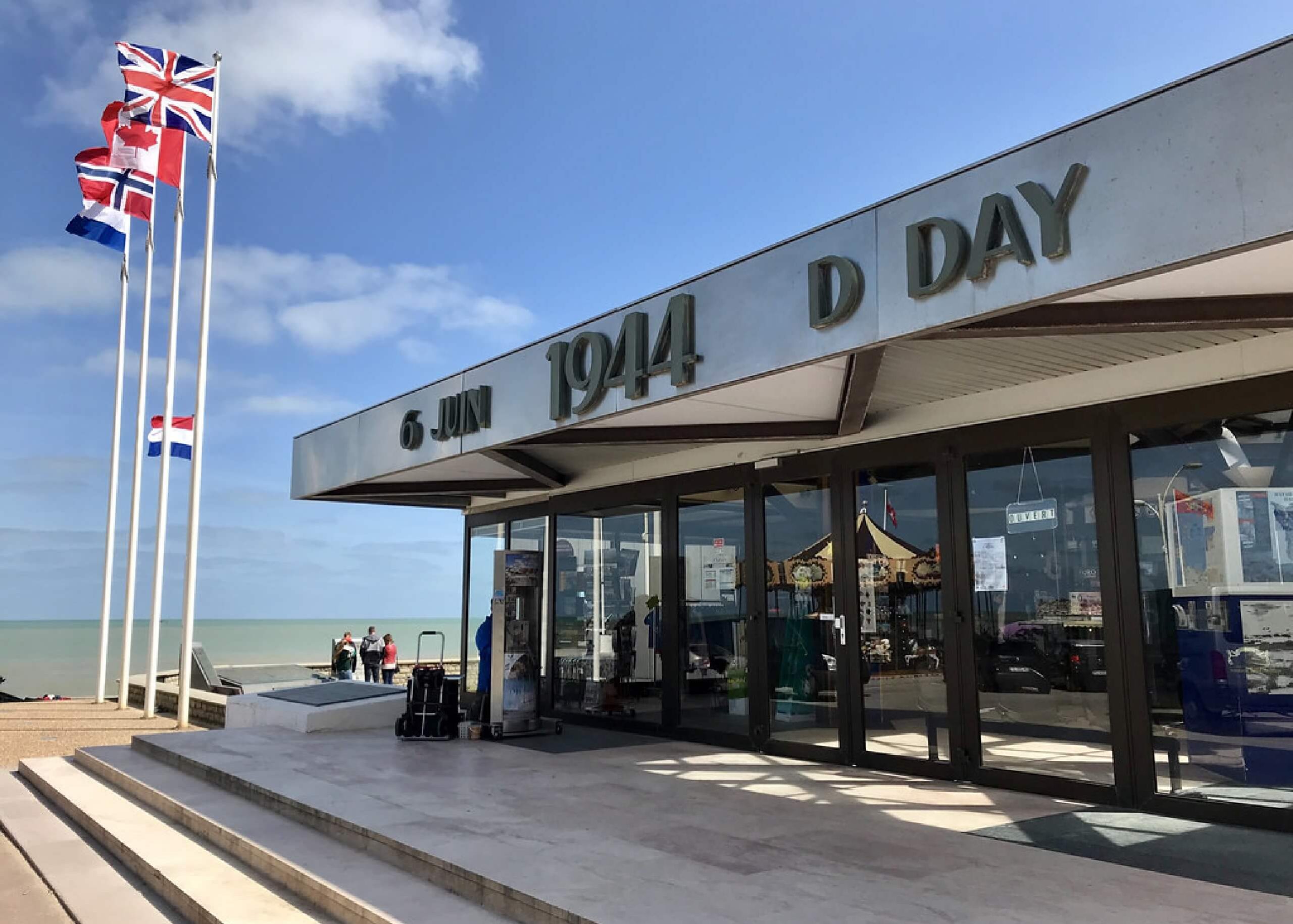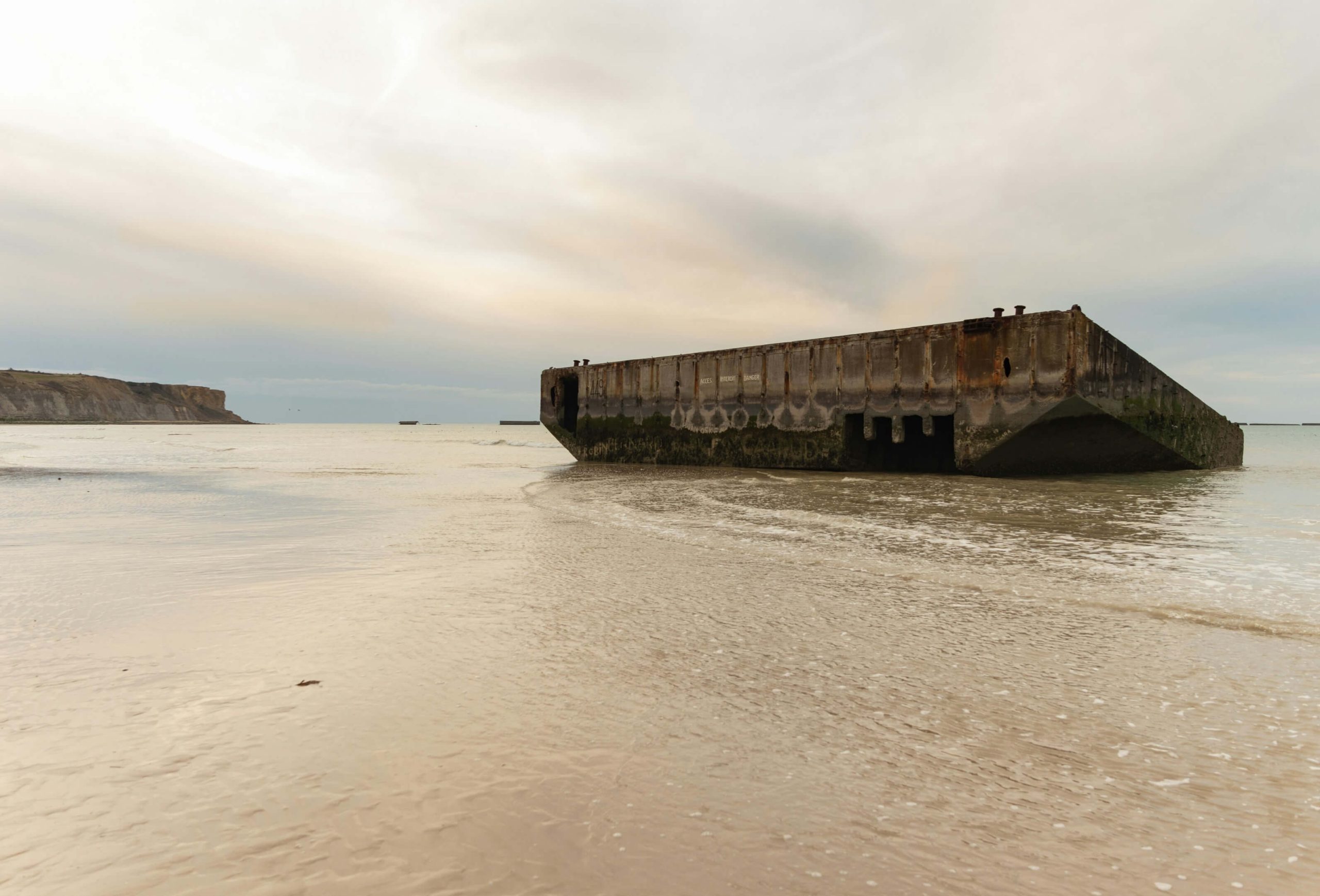The landing beaches Normandy at the heart of Dday
The Normandy landing beaches, marking the decisive turning point in the Second World War, are etched in history as the scene of Operation Overlord on June 6, 1944. This day, known as D-Day, saw Allied forces launch one of the greatest amphibious invasions of all time to liberate Europe from German occupation. Five beaches – Utah, Omaha, Gold, Juno and Sword – were the entry points for this massive operation, each bearing witness to exceptional bravery, complex military strategies and an indelible legacy of peace and freedom. To visit these beaches is to walk in the footsteps of history, pay tribute to the bravery of Allied soldiers and understand the sacrifices made for freedom.
Highlights
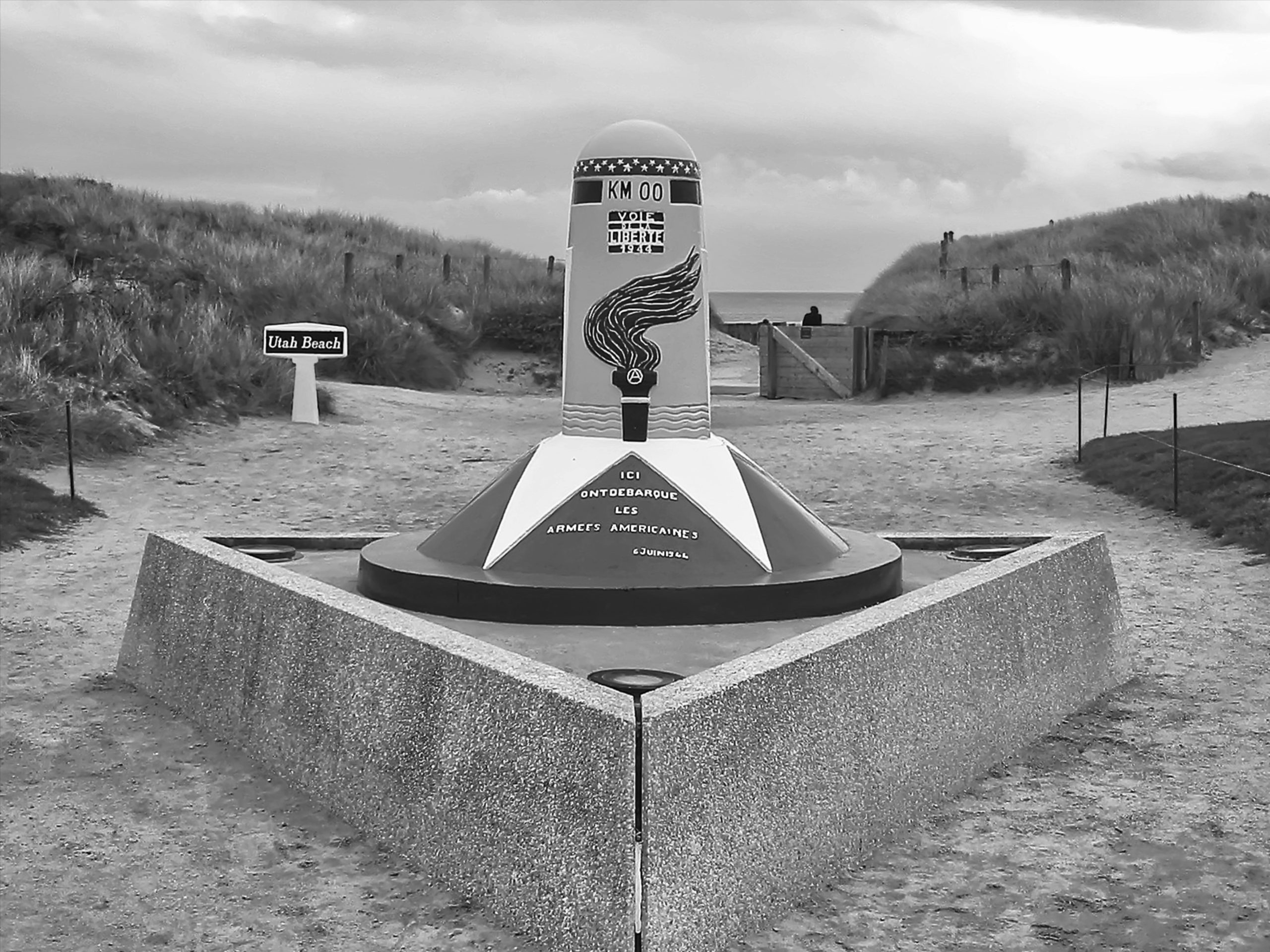
Utah Beach
Utah Beachlocated west of the Cotentin peninsula, was the landing point for American troops, a notable success thanks to less-than-expected enemy resistance. The beach was the scene of a rapid Allied advance into the hinterland, facilitating the link-up with American paratroopers. Utah Beach symbolizes not only the beginning of the liberation of Europe, but also a military operation marked by remarkable coordination and strategy.
Omaha Beach
Omaha Beachknown as the most difficult sector due to its well-established German defences, saw American forces face enormous losses. The conquest of this beach required courage and tenacity in the face of formidable obstacles. Today, Omaha Beach is a poignant place of remembrance, recalling the high price of freedom, with numerous memorials and cemeteries honoring those who sacrificed their lives.
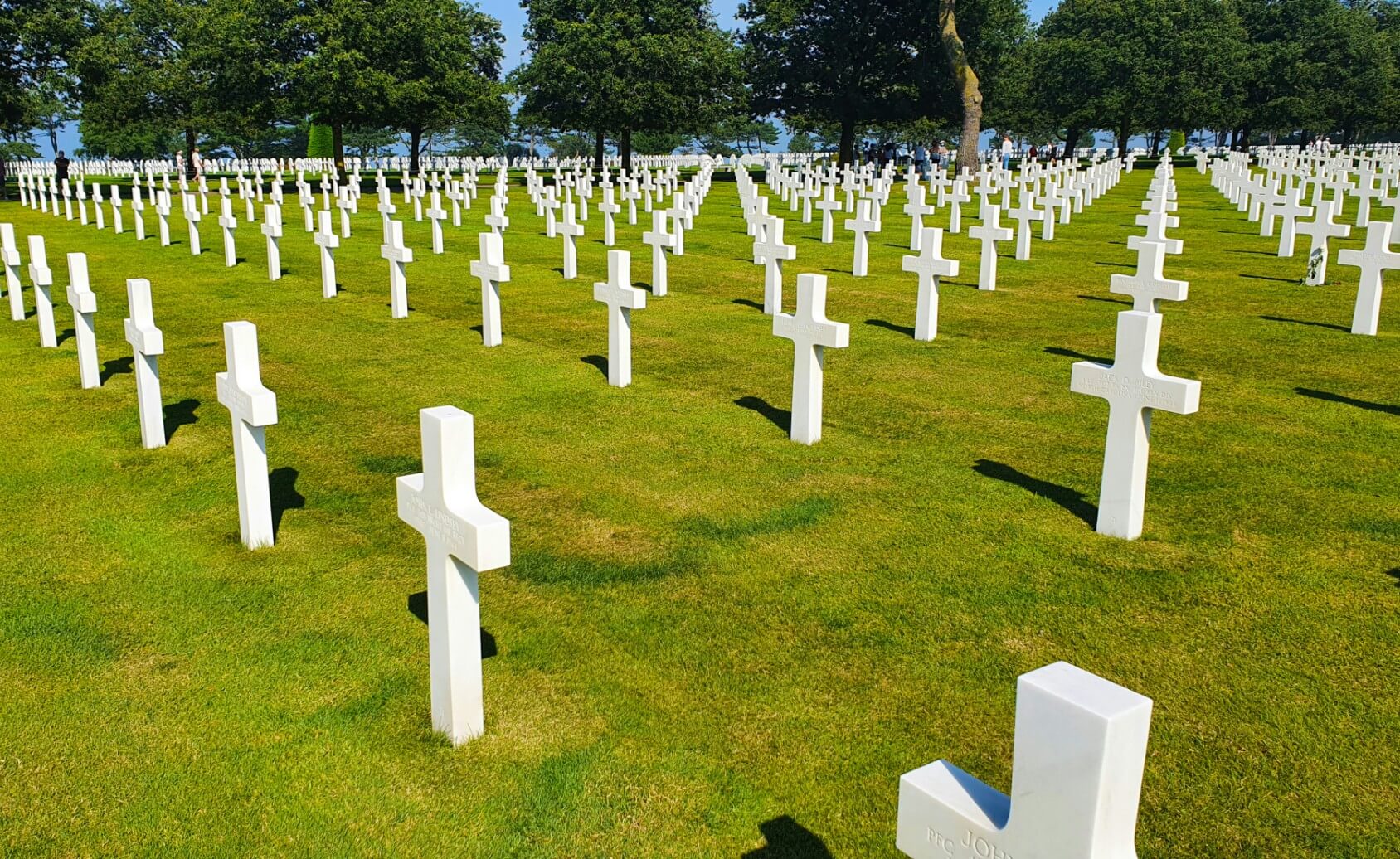

Gold Beach
Gold Beachat the heart of Allied operations, was assaulted by British forces. The main objective was to secure a vital port for Allied supply operations and advance towards the strategic town of Bayeux. Success at Gold Beach was crucial to the establishment of an Allied bridgehead and the junction with American forces at Omaha, demonstrating the efficiency and bravery of British troops.
Juno Beach
Juno Beach saw Canadian forces storm the German defenses in a fierce battle to capture this sector. Despite heavy losses, the Canadians managed to penetrate further inland than on any other beach that day, playing a decisive role in the Allied advance towards Caen. Juno Beach remains a powerful symbol of Canadian involvement in the liberation of Europe, and a point of national pride.


Sword Beach
Sword Beach was the scene of the assault by British and Free French forces, whose mission was to secure the city of Caen and protect the eastern flank of Allied operations. Despite fierce resistance, particularly from the German 21st Panzer Division, the Allies succeeded in establishing a solid bridgehead. Sword Beach embodies international cooperation and the beginning of the battle for Caen, a strategic objective for the rest of the Normandy campaign.
Cities not to be missed
In order of distance, from closest to furthest away
- Colleville-sur-Mer: Home to the Normandy American Cemetery, overlooking Omaha Beach, a place of remembrance for the American soldiers who fell on D-Day.
- Bayeux: In addition to its famous tapestry, Bayeux is close to Gold Beach and home to the first large Commonwealth military cemetery liberated in France.
- Longues-sur-Mer: Known for its well-preserved German artillery battery, offering a glimpse of the defenses of the Atlantic Wall.
- Arromanches-les-Bains: Known for the remains of the Mulberry artificial harbour, crucial to the success of the Allied landings.
- Carentan: Located between Utah and Omaha Beach, Carentan was the scene of intense fighting to establish a link between the two American beaches.
- Sainte-Mère-Église: First town liberated by American forces, famous for the paratrooper John Steele hanging from the church.
- Caen: A major strategic objective for the Allies, Caen is home to the Caen Memorial, a museum and peace memorial dedicated to the history of the Second World War and D-Day.
- Ouistreham: At the eastern end of Sword Beach, Ouistreham is home to the Atlantic Wall Museum and played a key role in the Allied landings.
In concluding this page dedicated to the D-Day landing beaches, it’s essential to emphasize the importance of visiting these emblematic sites that marked a decisive turning point in the history of the Second World War. Choosing to stay at our campsite in Surrain offers not only privileged access to the heart of these sites steeped in history, but also the opportunity to immerse yourself in the beauty and tranquility of Normandy, making every visit both an educational and rejuvenating experience.
Our campsite stands out as the ideal place to stay for those wishing to explore the D-Day beaches, thanks to its central location that provides easy access to all the major D-Day sites. In addition to enjoying an exceptional natural setting in which to rest after days rich in discovery, choosing our campsite means opting for immersion in a living piece of world history, while enjoying the comfort and warm welcome that characterize our establishment.
Beyond tourism and relaxation, the visit to the D-Day landing beaches and the choice of our campsite as an anchor for this exploration take on a profound dimension of duty to remember. It’s crucial to remember the reasons that led to the Second World War, to understand the immeasurable sacrifices made for freedom, and to reflect on the consequences of this conflict that have shaped the contemporary world. By visiting these historic sites, meditating at monuments and cemeteries, and sharing these moments of remembrance, we pay tribute to the heroes of the past and commit ourselves to passing on their legacy to future generations.
Visiting the D-Day landing beaches and staying at our campsite in Surrain is much more than just a trip; it’s an act of recognition and learning, a commitment to never forgetting the lessons of history. It’s in this spirit that we welcome you, ready to make your stay an enriching experience, imbued with meaning and lasting memories.

